Equipment
When it comes to golf club design, to copy is to create
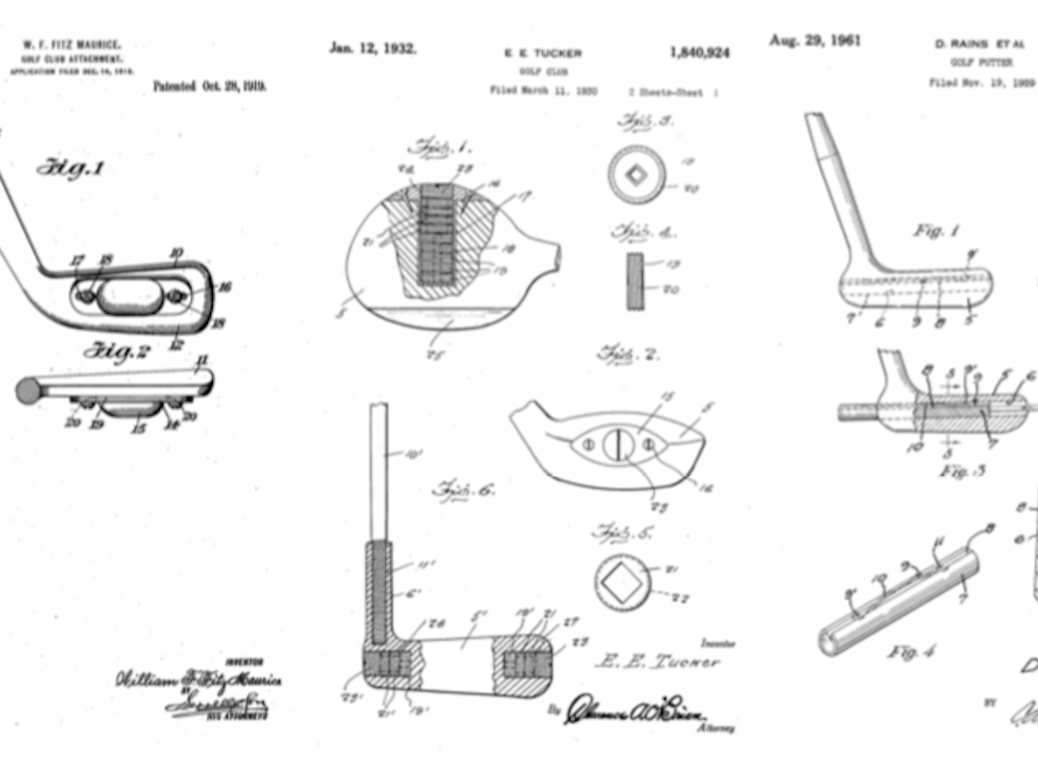
If you have roamed the forums of GolfWRX and read a post about any non-Ping milled putter, you have most assuredly read the phrase, “Oh, you mean…nice Ping Anser!”
In fact, it’s usually a race to see who posts it first!
Needless to say, it’s a very worn out phrase and warrants a need for GolfWRX forums to incorporate a text recognition protocol to automatically inhibit that combination of words from being posted again. I digress…
Certainly, Karsten deserves praise for his ingenuity and eternal influence on the game of golf and the equipment used to play it. Widely considered the inventor of perimeter weighted golf clubs, Karsten is responsible for such greats as the 1959 Ping A-1, the 1966 Anser, and the first cavity back irons, the Ping 69.
But, was he really the first to develop a perimeter-weighted golf club? No.
Copying is an essential part of creation. It’s also a very natural process; in fact, it’s exactly what us humans are, a multitude of cells that have been copied, split and multiplied. So as we look for inspiration, we look to what’s already been made and seek ways to improve upon it.
Henry Ford said it best
“I invented nothing new. I simply assembled the discoveries of other men behind whom were centuries of work. Had I worked fifty or ten or even five years before, I would have failed. So it is with every new thing. Progress happens when all the factors that make for it are ready, and then it is inevitable. To teach that a comparatively few men are responsible for the greatest forward steps of mankind is the worst sort of nonsense.”
As we look at the historic design of the 1966 Ping Anser, we see an interesting correlation to putters that came before it. The idea of perimeter weighting a putter didn’t start with the Anser, nor did it start with the A1. I believe it successfully started with the John Reuter, Jr. Bullseye design and the John Letters Golden Goose putters. (Ryan Barath of GolfWRX, recently produced a short video on the Bullseye answering the question, “Why was it great?”)
The Bullseye and the Golden Goose putters were separately introduced to the U.S. and British golf markets in the mid-1940s. This unique scenario is commonly referred to as “multiple discovery,” where the same innovation emerges from different places at or near the same time. Since Karsten was based in the U.S., the Bullseye is the most likely influencer.
At the time of the Bullseye’s creation, center-shafted putters were illegal, but Reuter believed he could create a more stable putter by placing the shaft as close to the center as possible and leave a small protruding heel opposite the toe, thus bringing more balance to the putter.
Karsten certainly was aware of the Bullseye design, as was the entire golfing world. In my opinion, Karsten made strong improvements to its design by creating the A-1, a remarkably similar design and even a material look, further exaggerating the principles of perimeter weighting by removing weight from the center of the putter and placing it in the heel, toe, and sole of the putter head. It also could be considered the father to many of the center-shafted SeeMore putters used today. The innovation of the A-1 thus led the way for the historic Ping Anser, another variation of a close-to-center-shafted putter with weight removed from the center and redistributed to the heel and toe.
 The fact of the matter is, Karsten did not invent perimeter weighting, but he was the one who exploited its benefits, pushed the technology to the limit, and made it look really cool in the process. The most unique aspects to the Anser design was the flat flange in the middle, allowing alignment aids to be added, and the plumbers neck, which allowed the axis of the shaft to pass close to center without actually doing it, further allowing the face of the putter at address to be visible.
The fact of the matter is, Karsten did not invent perimeter weighting, but he was the one who exploited its benefits, pushed the technology to the limit, and made it look really cool in the process. The most unique aspects to the Anser design was the flat flange in the middle, allowing alignment aids to be added, and the plumbers neck, which allowed the axis of the shaft to pass close to center without actually doing it, further allowing the face of the putter at address to be visible.
Having the visionary ability to see something and make it better is the trademark of a great inventor. It’s worth noting some of the other major innovations that lead the way for John Reuter, Jr’s and Karsten’s inspiration.
- In 1919, W. F. Fitz Maurice patented the idea of attaching weight to a golf club to increase the swing weight, what we would consider today as lead tape.
- Then in 1930, E. E. Tucker patented the idea of the first adjustable driver and putter, allowing the use of weighted screws to be added to the toe and heel of a putter, or the back of the driver.
- In 1961, D. Rains Et Al, who patented the changeable weight putter, allowing for the adjustment of the putter’s head weight with a removable solid bar that passed through the center.
Not all inspiration needs to come from golf either. Just this year, Mizuno released the T20 wedges and used the inspiration of a much more common item, tire tread. Tire tread allows water to be dispersed in different directions upon contact and improve grip. Mizuno engineers used this idea and made micro-grooves that are placed in a perpendicular format to the main grooves, to direct water away, thereby improving clubface contact in wet conditions and maintaining more spin than a wedge without it.
Many forward-thinking engineers lead the way and prepared the environment for all of the advancements that we use today. While we often point to one individual being responsible for some breakthrough golf technology, it should be remembered that the innovations of today are almost always inspired by the innovations of our predecessors.
- LIKE65
- LEGIT12
- WOW1
- LOL1
- IDHT0
- FLOP4
- OB2
- SHANK20
Whats in the Bag
David Lipsky WITB 2024 (April)
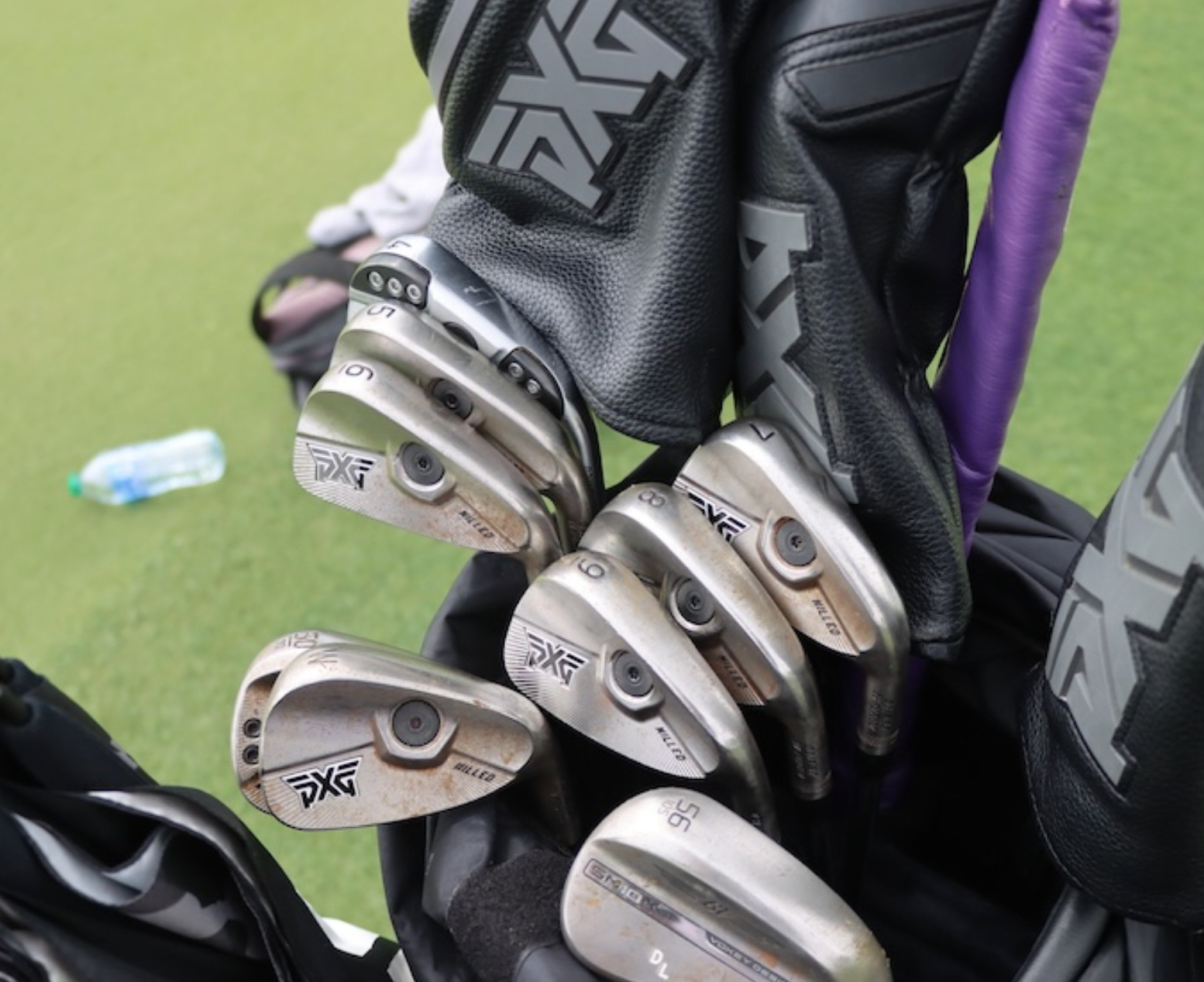
- David Lipsky what’s in the bag accurate as of the Valero Texas Open. More photos from the event here.
Driver: TaylorMade Qi10 (9 degrees)
Shaft: Mitsubishi Tensei AV Raw Blue 65 TX
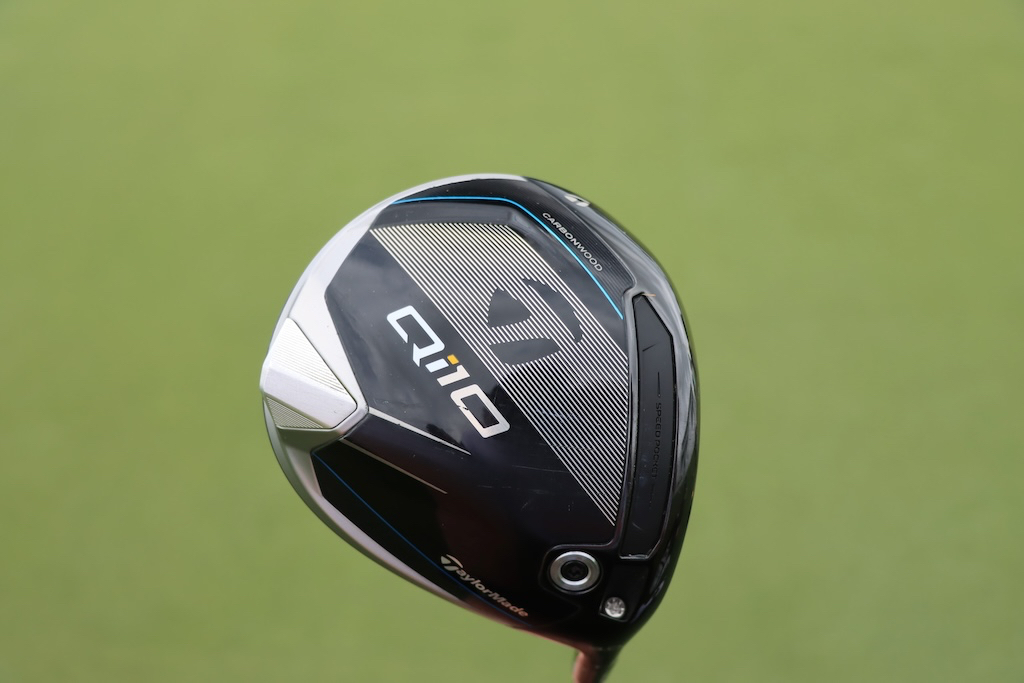
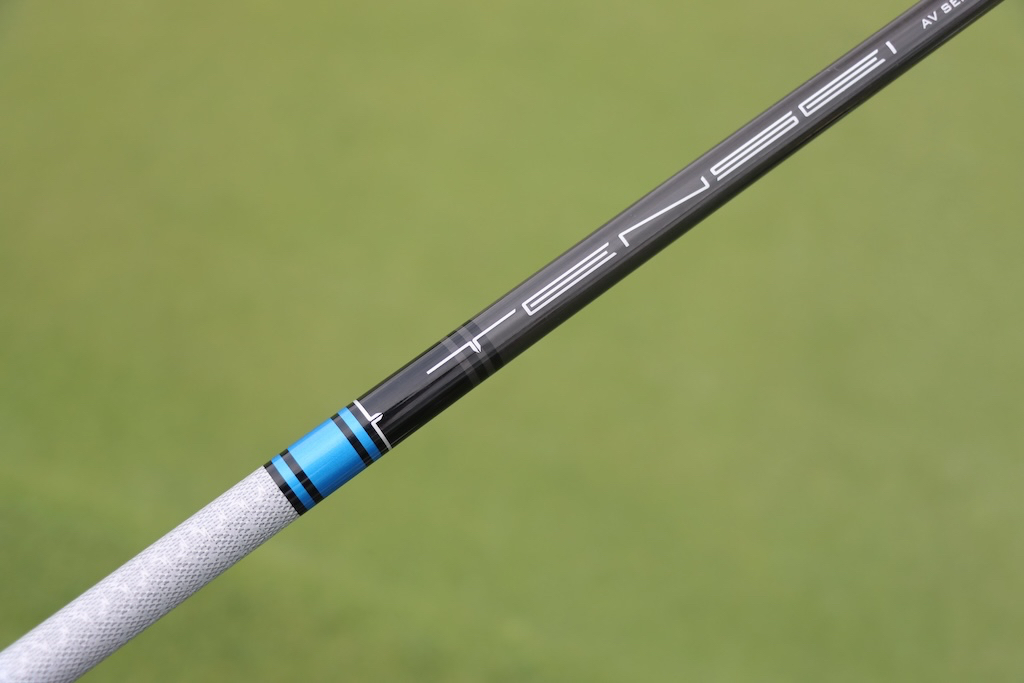
3-wood: TaylorMade Qi10 (15 degrees)
Shaft: Mitsubishi Tensei AV Raw Blue 75 TX
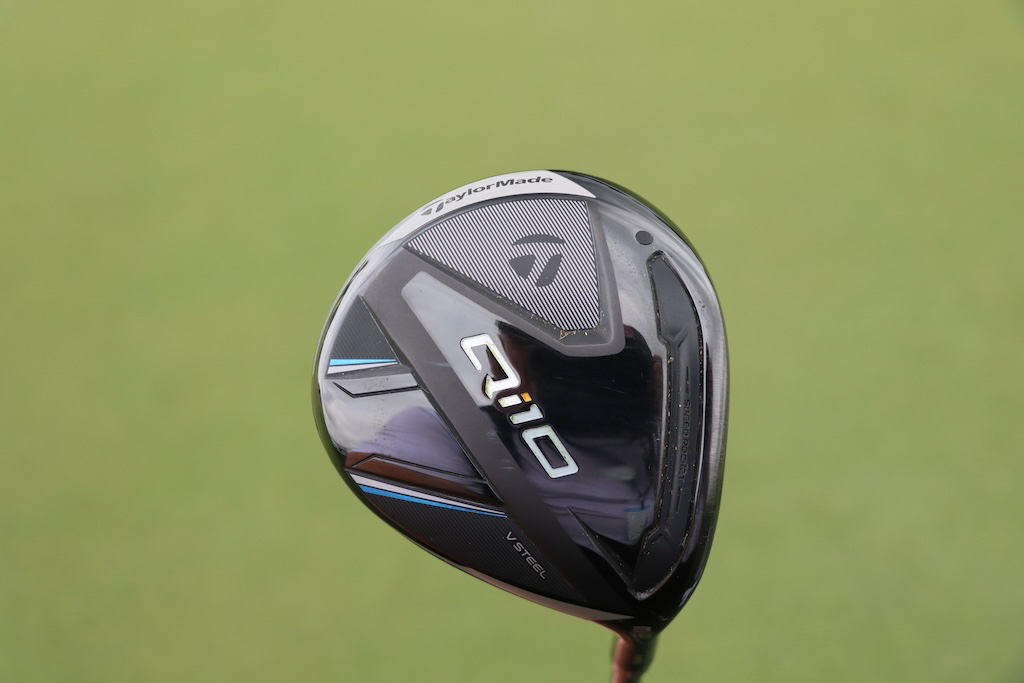
5-wood: TaylorMade Qi10 (18 degrees)
Shaft: Mitsubishi Tensei AV Raw Blue 85 TX
Irons: PXG 0311T Gen5 (4), PXG 0317 ST (5-PW)
Shafts: KBS Tour FLT 125
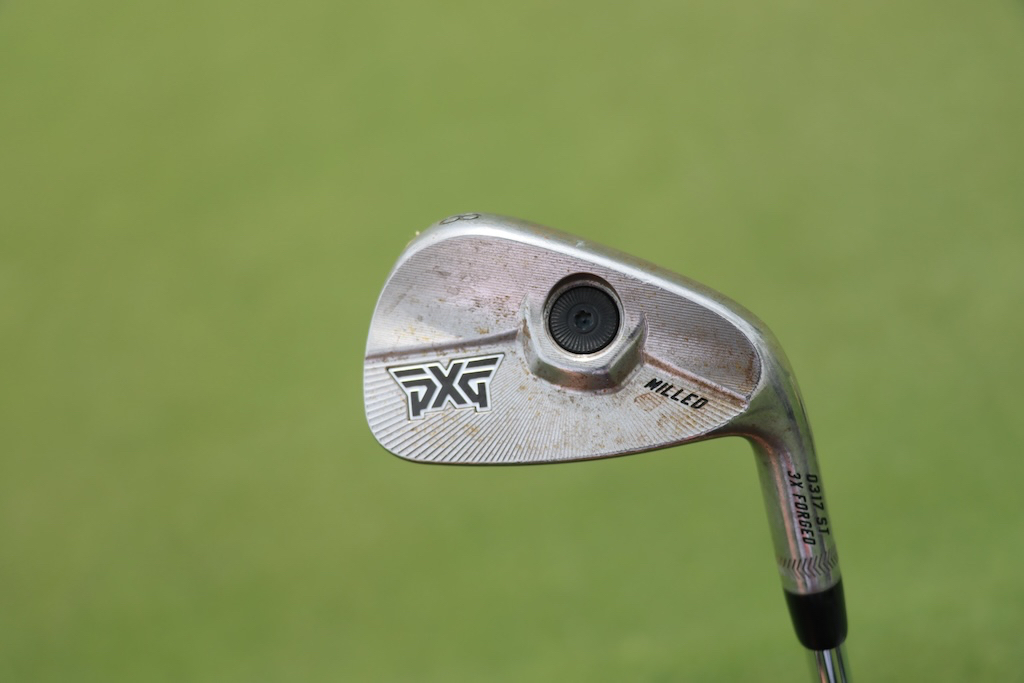

Wedges: PXG 0311 Sugar Daddy II (50-10C), Titleist Vokey Design SM10 (56-10S, 58-04T)
Shafts: KBS 610 Wedge 120
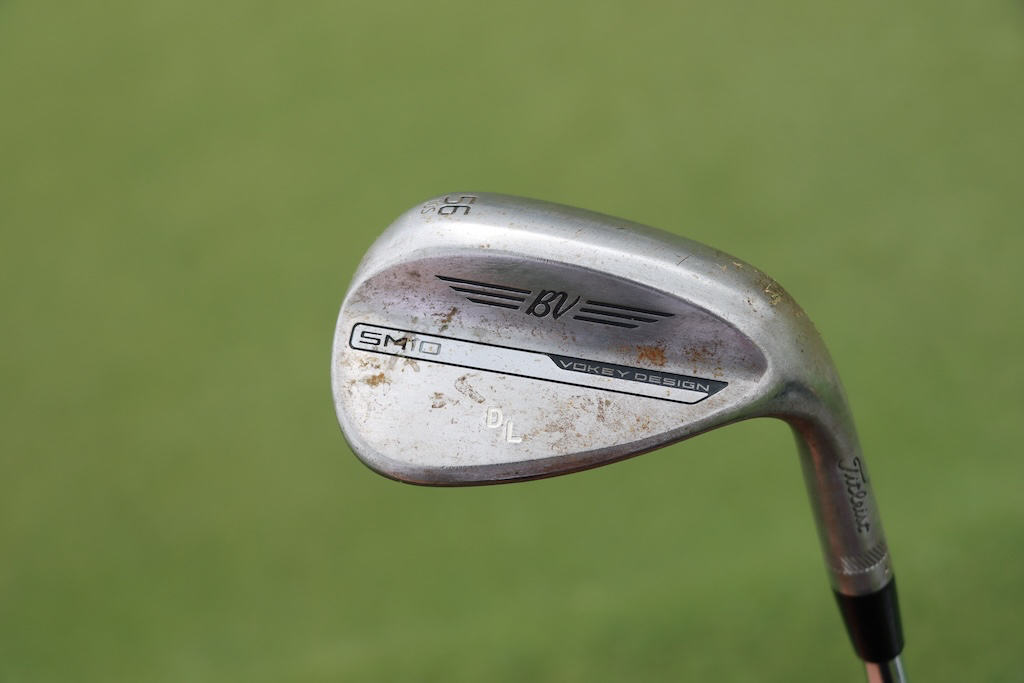
Putter: TaylorMade Spider Tour
Grip: SuperStroke Zenergy Flatso 1.0
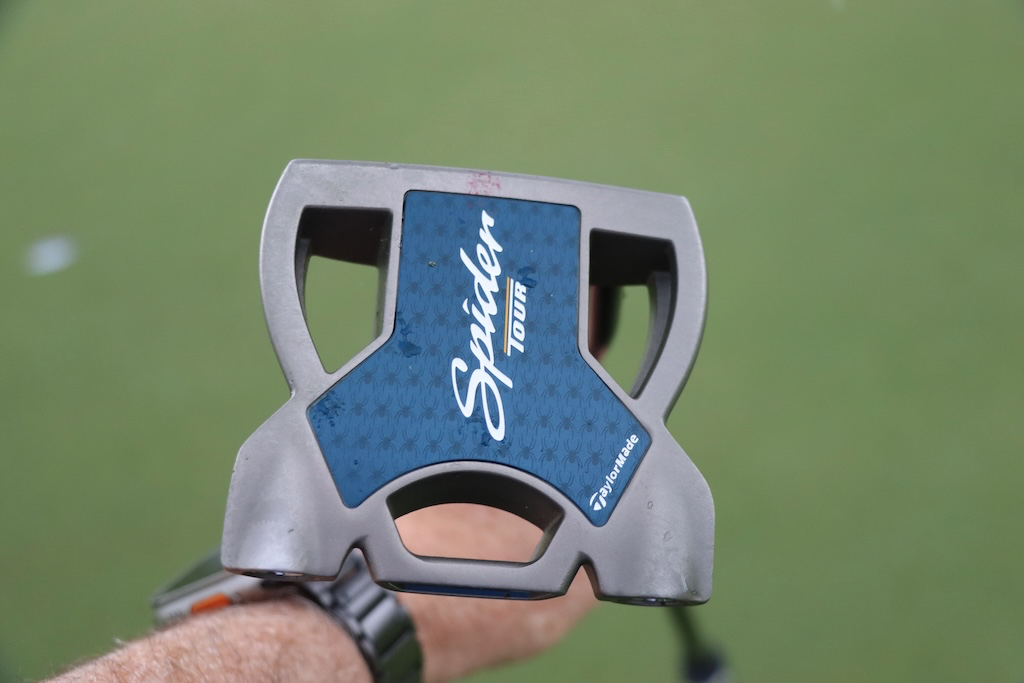
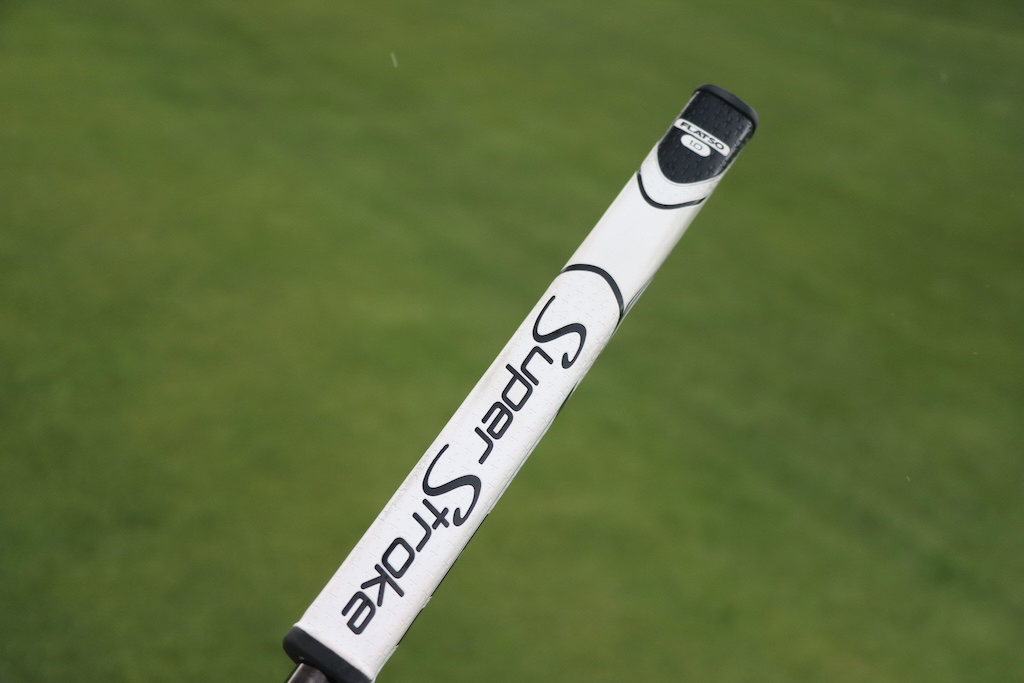
Grips: Golf Pride MCC
Check out more in-hand photos of David Lipsky’s clubs in the forums.
- LIKE0
- LEGIT0
- WOW0
- LOL0
- IDHT0
- FLOP0
- OB0
- SHANK0
Whats in the Bag
Ben Taylor WITB 2024 (April)
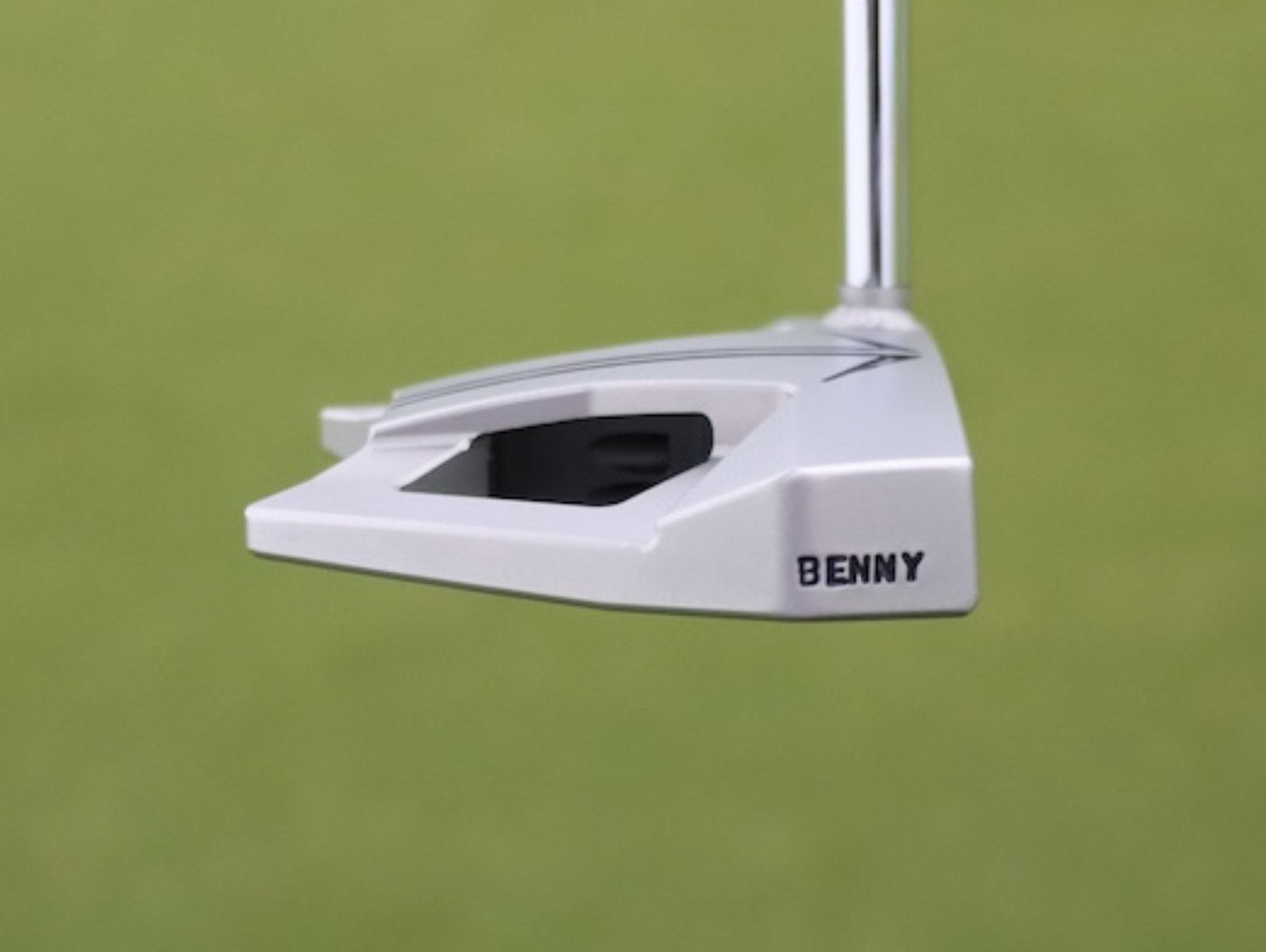
- Ben Taylor what’s in the bag accurate as of the Valero Texas Open. More photos from the event here.
Driver: Titleist TSR3 (9 degrees, B2 SureFit setting)
Shaft: Fujikura Ventus TR Blue 7 X
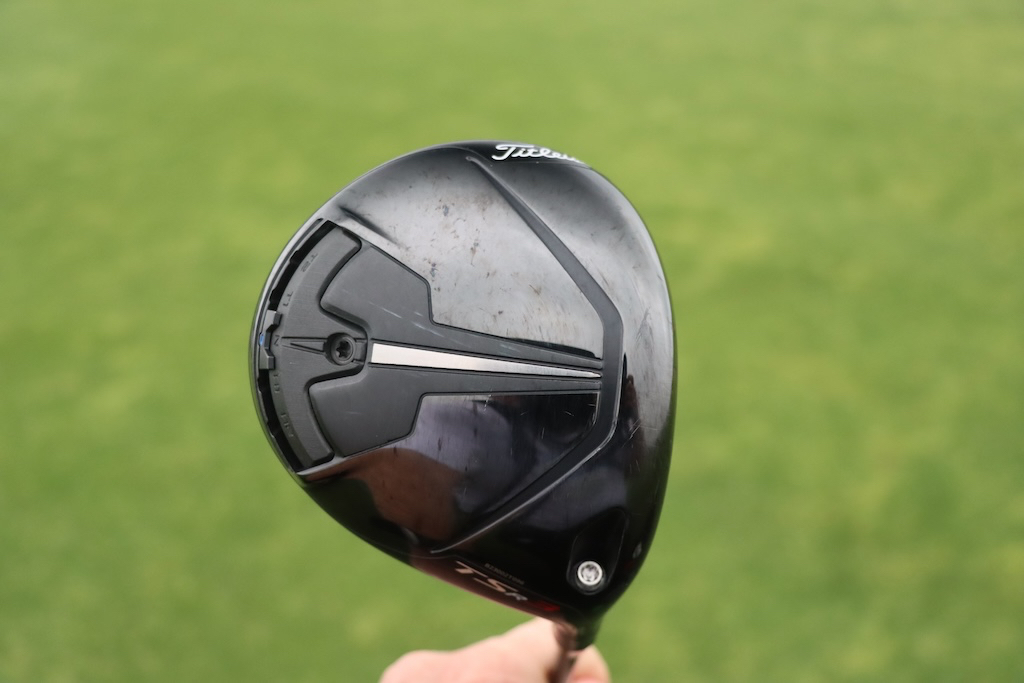

2-wood: Titleist TSR (B2 SureFit setting)
Shaft: Fujikura Ventus TR Blue 7 X
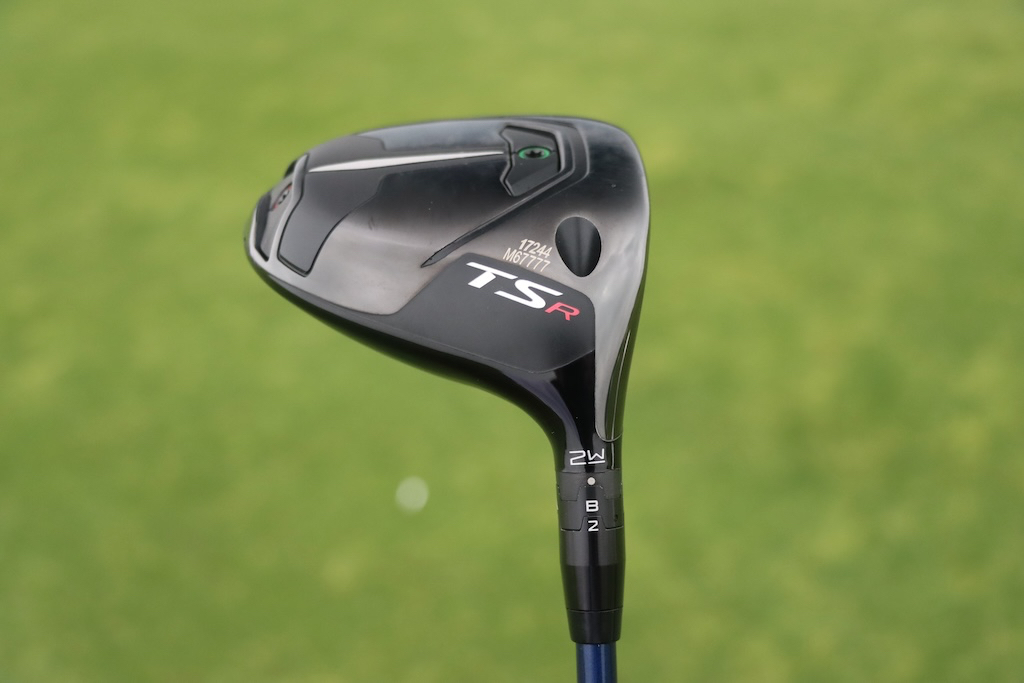
3-wood: Titleist TSR3 (15 degrees, D4 SureFit setting)
Shaft: Fujikura Ventus TR Blue 8 X
Hybrid: Titleist TSi3 (20 degrees)
Shaft: UST Mamiya Recoil Prototype Utility 110F5
Irons: Titleist T100 (4-9)
Shafts: True Temper Dynamic Gold Tour Issue X100
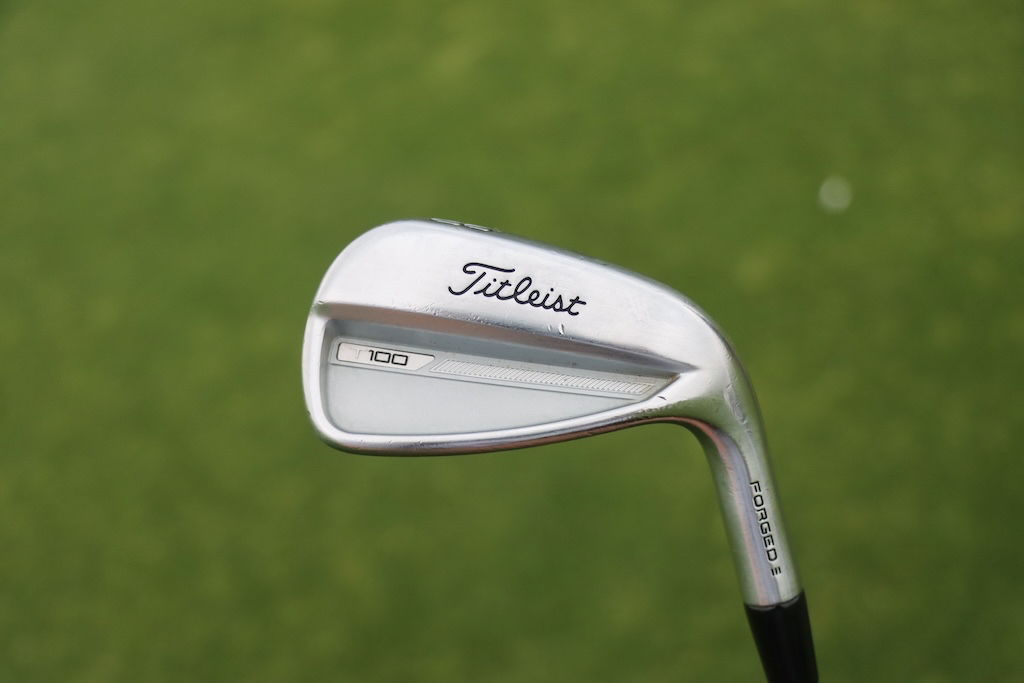
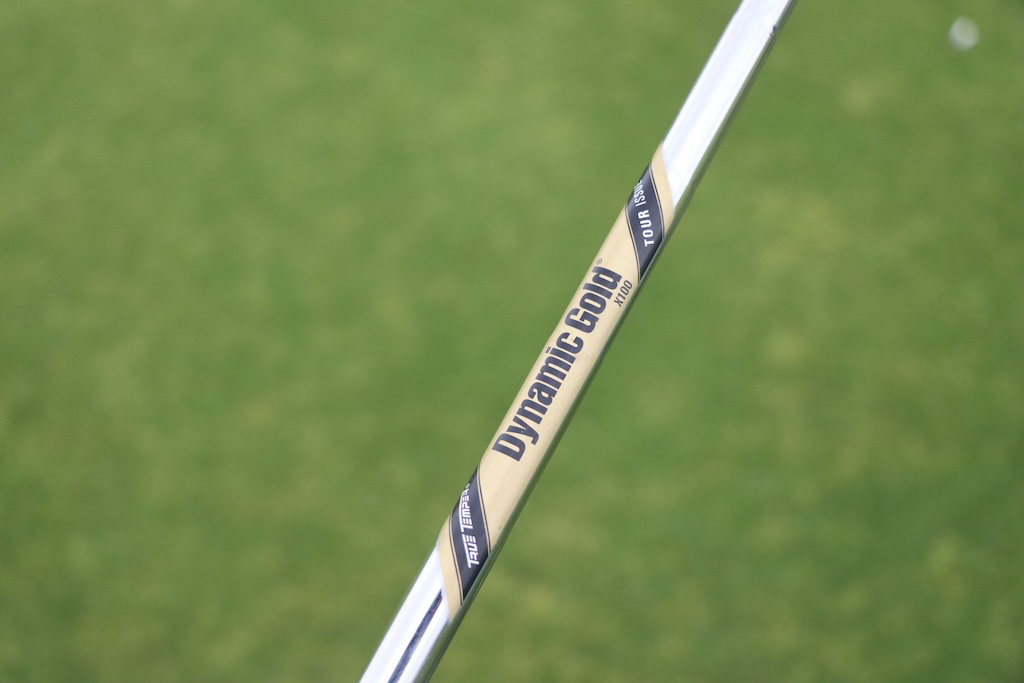
Wedges: Titleist Vokey Design SM10 (46-10F, 50-12F, 56-10S, 60-04T)
Shafts: True Temper Dynamic Gold Tour Issue X100
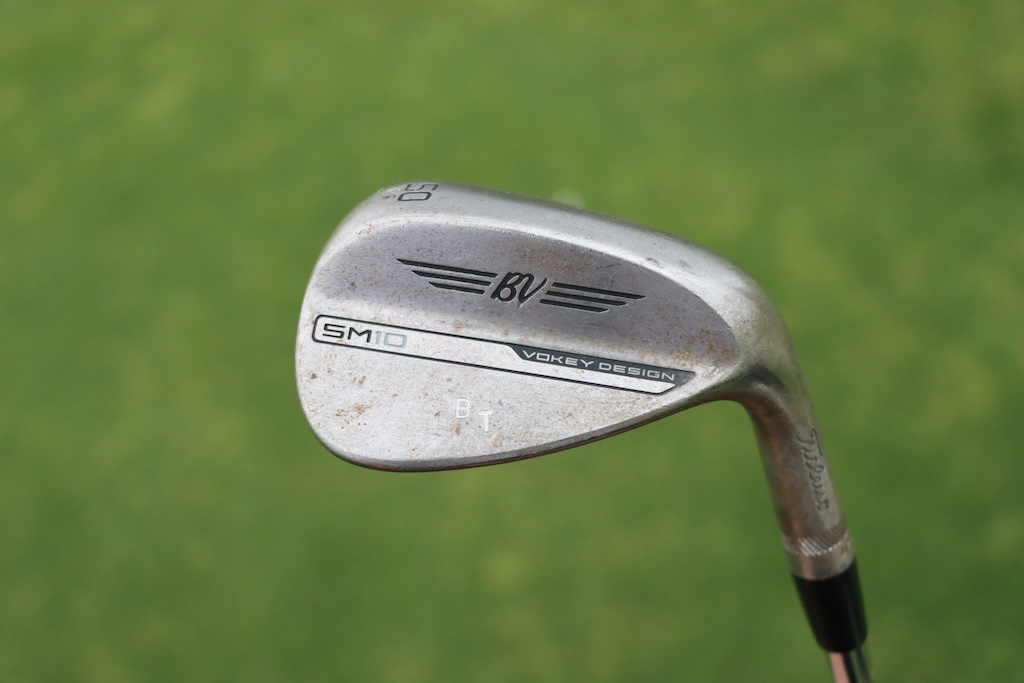
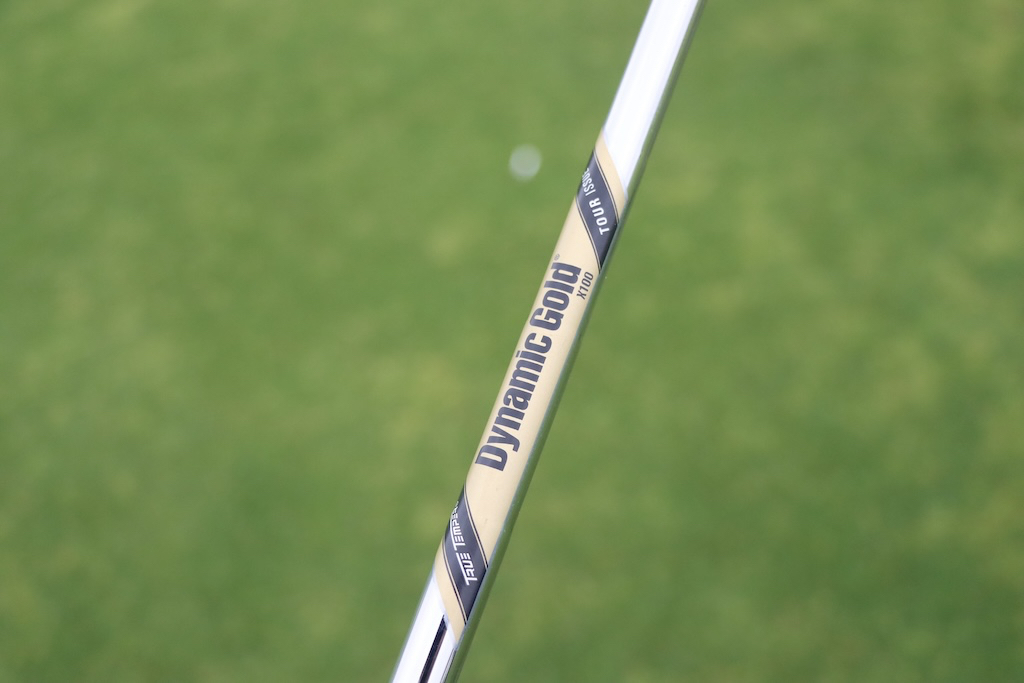
Putter: Scotty Cameron T-9 Proto
Grip: SuperStroke Zenergy Tour 3.0
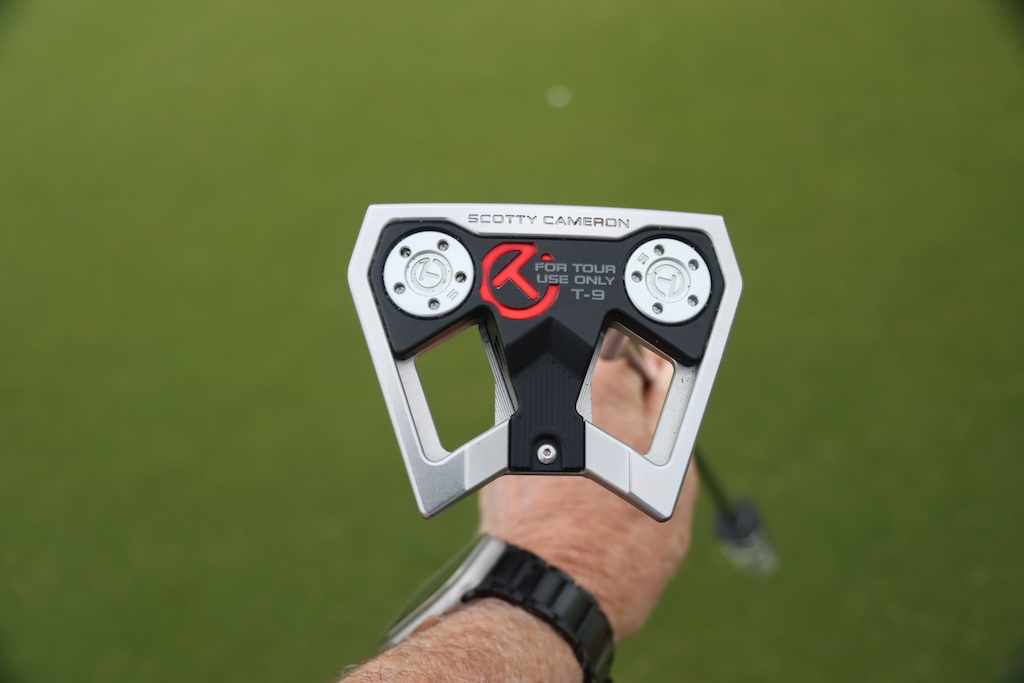
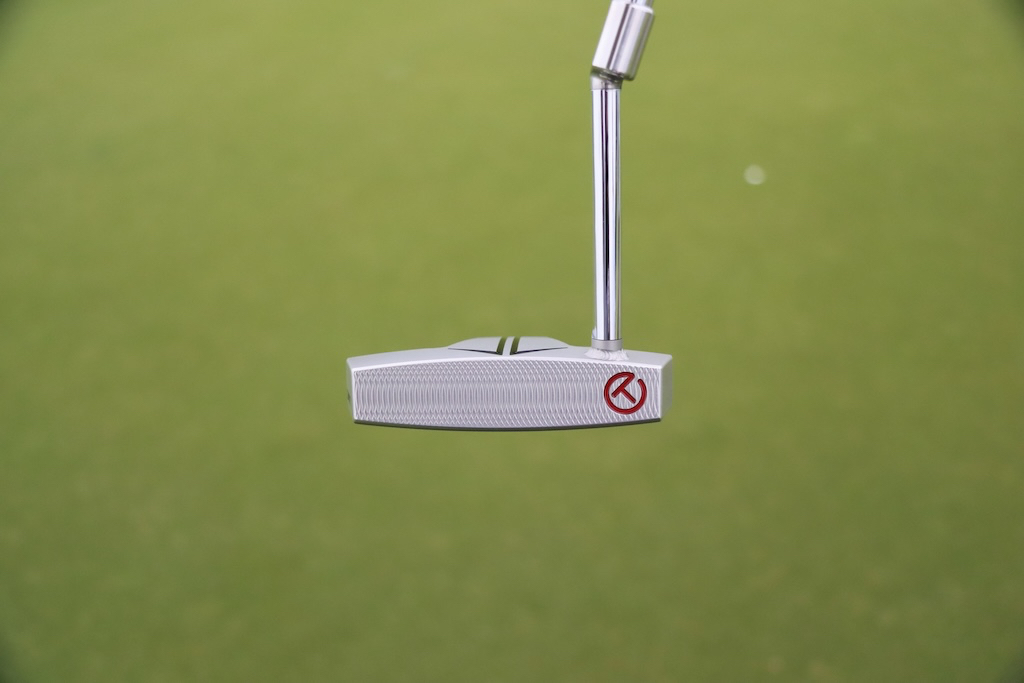
Grips: Golf Pride MCC
Ball: Titleist Pro V1x
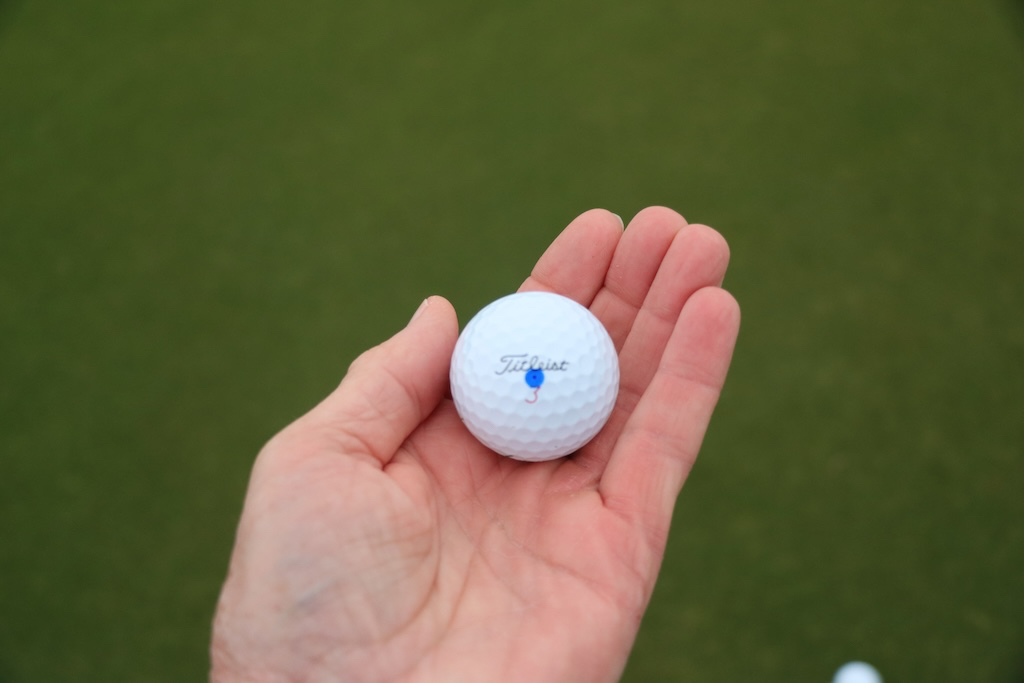
More photos of Ben Taylor’s WITB in the GolfWRX forums.
- LIKE2
- LEGIT0
- WOW0
- LOL0
- IDHT0
- FLOP0
- OB0
- SHANK0
Equipment
Aretera officially launches Alpha One shafts, available at Club Champion
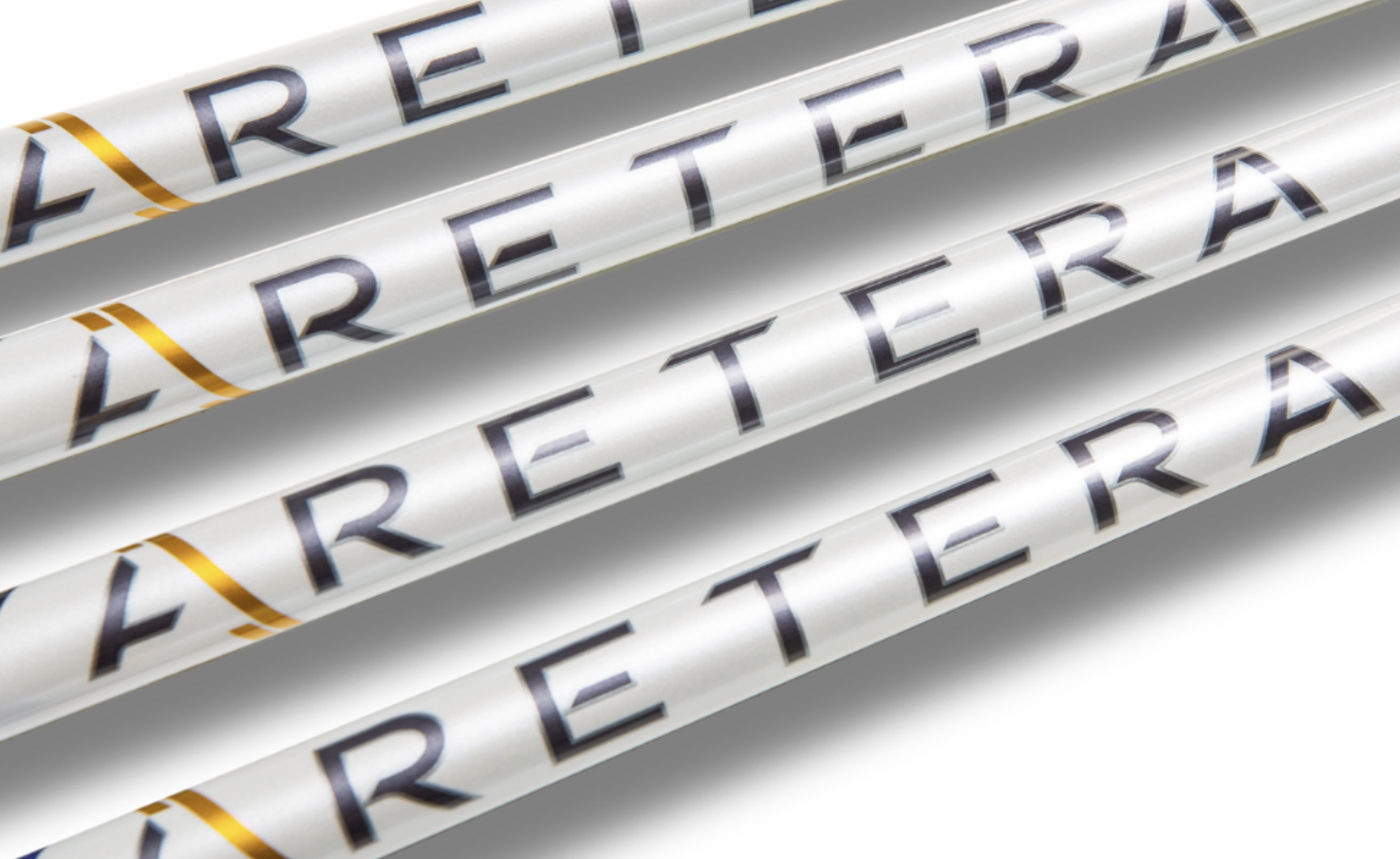
As we reported earlier this year, Alex Dee, along with a group of industry veterans, have officially launched their own golf shaft company, leading with the Alpha One. Now you can get your hands on that shaft at Club Champion.
The Alpha One Blue and Gray series are debuting Aretera’s PowerGrid technology. Aretera is the first company to use spread tow woven carbon fabric in multiple layers at full length comprising over 50 percent of the shafts weight in design for maximum stability with a uniform feel.
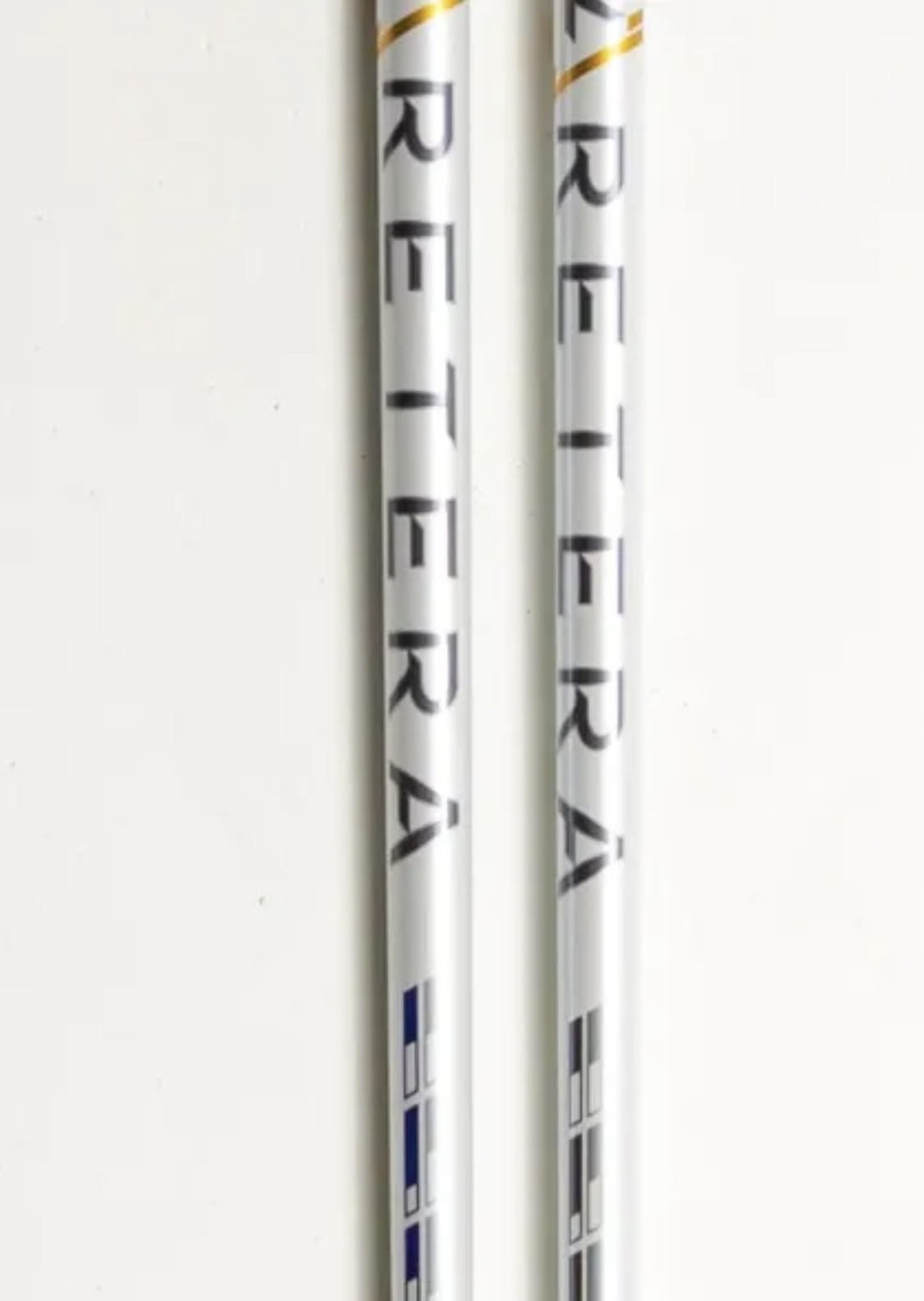
These materials, novel in their application at this level, aim to offer high-level structural benefits compared to traditional unidirectional composites.
Speaking on the new shafts, Alex Dee stated:
“A lot of shafts have had to sacrifice feel to get stability. We’ve found ways to get it back. And it’s not a compromise.”
Aretera launches on April 1, 2024 at all Club Champion locations nationwide.
- LIKE1
- LEGIT0
- WOW0
- LOL0
- IDHT0
- FLOP0
- OB0
- SHANK0
-

 19th Hole1 week ago
19th Hole1 week agoJohn Daly stuns fans into silence with brutal opening tee shot on PGA Tour Champions
-

 19th Hole2 weeks ago
19th Hole2 weeks ago2-time major champ announces shock retirement from the sport at age of 33
-

 19th Hole1 week ago
19th Hole1 week agoCharlie Woods finds it tough going on American Junior Golf Association debut
-

 19th Hole2 weeks ago
19th Hole2 weeks agoEdoardo Molinari reveals the latest PGA Tour golfer to turn down ‘good offer’ from LIV Golf
-

 Equipment3 weeks ago
Equipment3 weeks agoBest driver 2024: The best driver for you, as recommend by expert club fitters
-

 19th Hole2 weeks ago
19th Hole2 weeks agoScottie Scheffler had an interesting response when asked how he ‘quiets the noise’ following Players victory
-

 19th Hole2 weeks ago
19th Hole2 weeks agoJon Rahm dealt fresh blow to hopes of qualifying for 2025 Ryder Cup
-
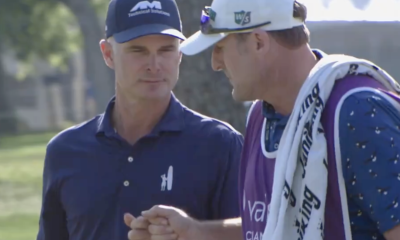
 19th Hole1 week ago
19th Hole1 week agoWhy Kevin Streelman sought USGA approval to use this equipment tool as he leads Valspar after round one

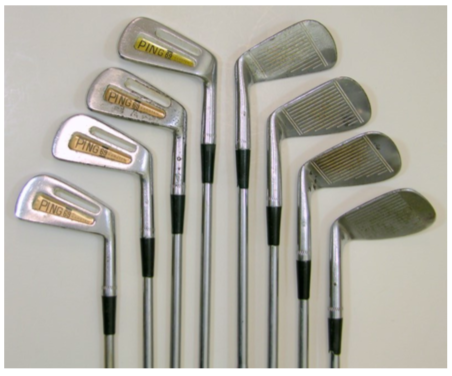



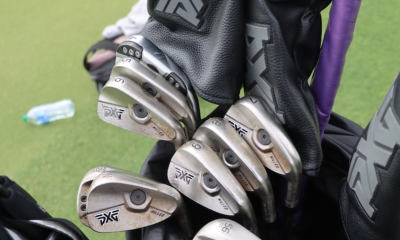

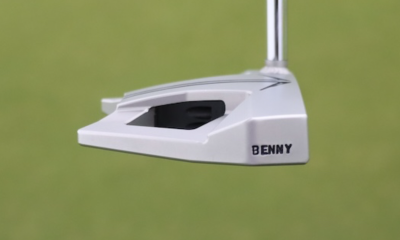



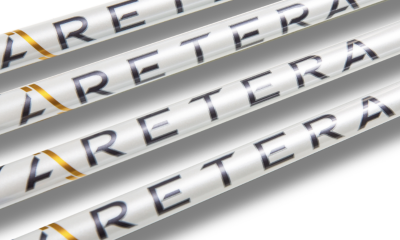













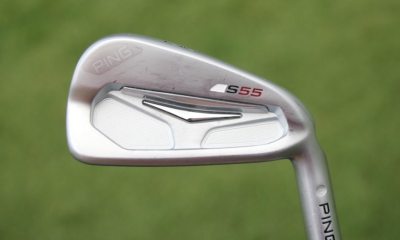

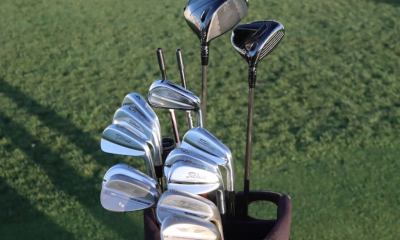

JP
Oct 2, 2019 at 10:47 am
Is this written in defense of scotty cameron?
Adam
Oct 2, 2019 at 10:06 am
This article seems very unnecessary. Copying is not creating, that is objective, in fact it’s the opposite. The problem is some manufacturers will blatantly copy and not cite inspiration. Having said that I don’t feel club most manufacturers go into it trying to be creative and design the “answer” like Karsten was. At this point it’s tinkering proven designs and using marketing tactics to help them stand out.